Verified: a year ago
SafeTensor
The FLUX.1 [dev] Model is licensed by Black Forest Labs. Inc. under the FLUX.1 [dev] Non-Commercial License. Copyright Black Forest Labs. Inc.
IN NO EVENT SHALL BLACK FOREST LABS, INC. BE LIABLE FOR ANY CLAIM, DAMAGES OR OTHER LIABILITY, WHETHER IN AN ACTION OF CONTRACT, TORT OR OTHERWISE, ARISING FROM, OUT OF OR IN CONNECTION WITH USE OF THIS MODEL.
Post-Soviet Playgrounds.
This LoRA is dedicated to our childhood, which can never be brought back.
Soviet and post-Soviet playgrounds are a unique phenomenon, combining utilitarianism, industrial style and the spirit of the times.
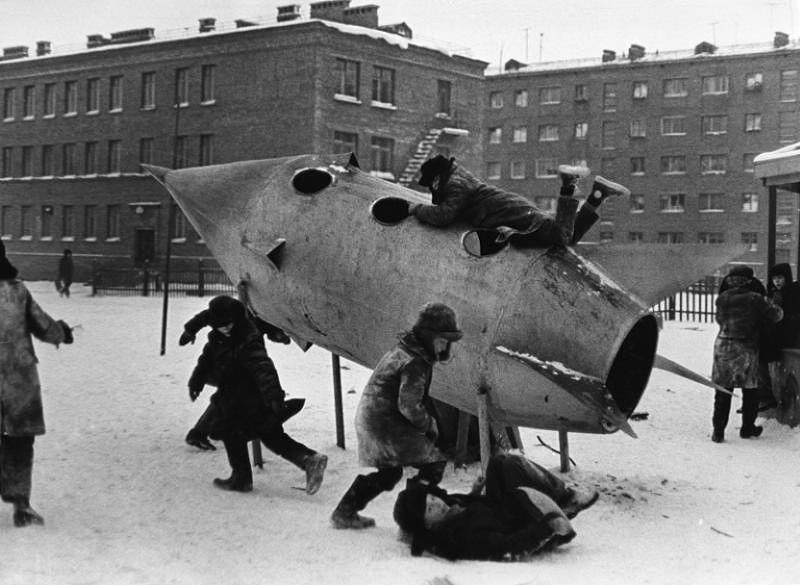
Created at minimum cost and maximum functionality, these spaces were characterised by stark simplicity and practicality.

Concrete, metal and wood were the main materials used, making the sites durable but harsh in appearance. Their design was rarely concerned with beauty, but reflected a socialist ideology where aesthetics gave way to collectivism and economy.
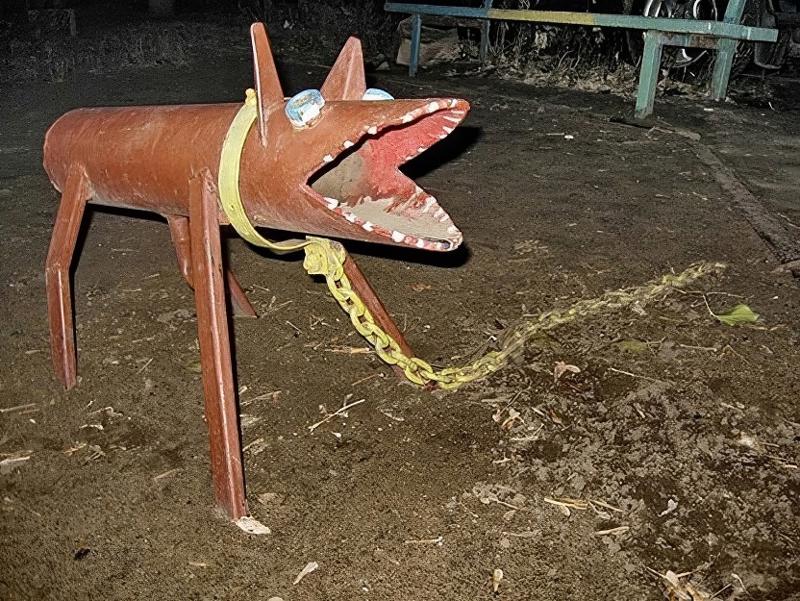
These playgrounds often featured rusty swings, concrete slides, merry-go-rounds and strange abstract shapes that could represent rockets, animals or something completely unrecognisable. Intended as symbols of progress and creation, these structures often looked intimidating or strange.
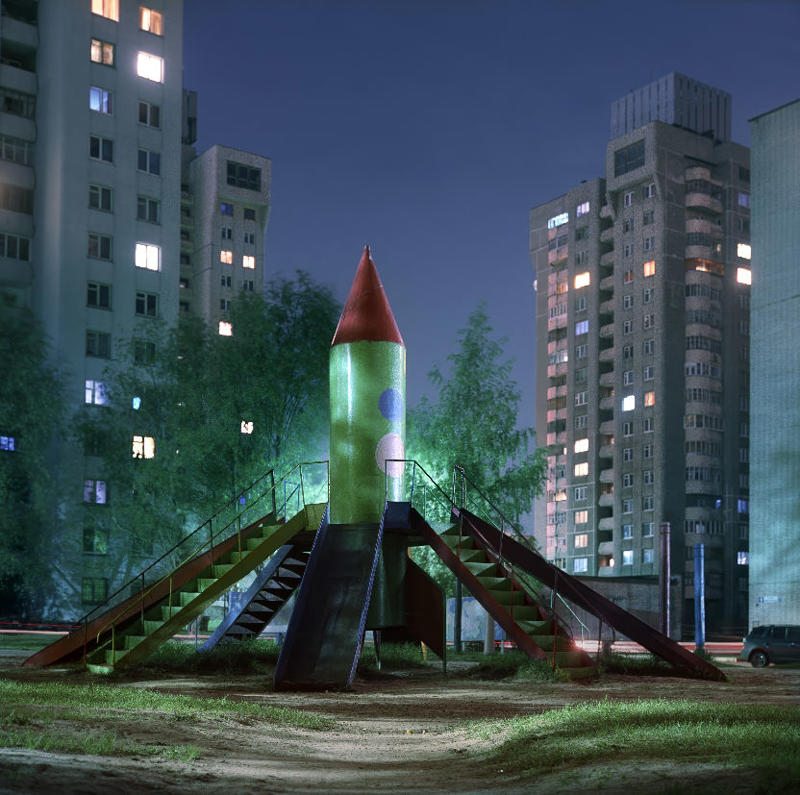
Originally painted in bright colours, over time they faded and took on a sullen appearance, adding to the post-apocalyptic atmosphere of the yards.

Safety also left a lot to be desired. Protruding bolts, sharp corners and rust became part of the playground experience, requiring children to be dexterous and cautious.
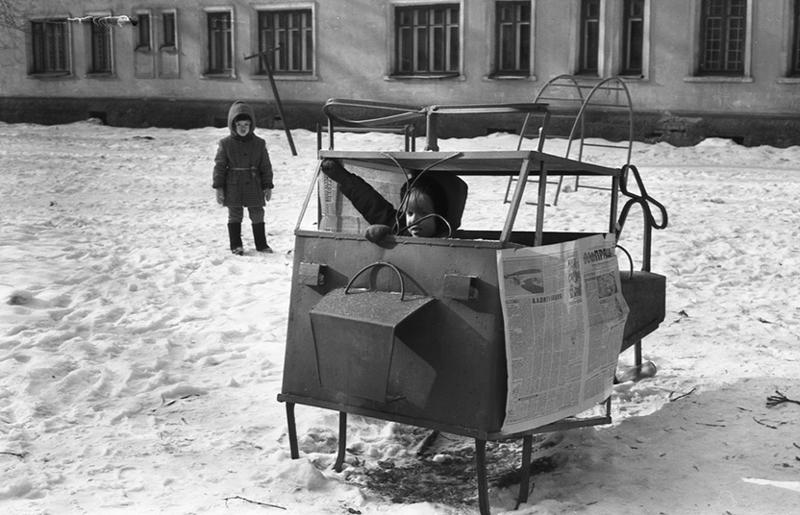
Despite this, playgrounds became the centre of backyard life and their simplicity and accessibility encouraged children's ingenuity.
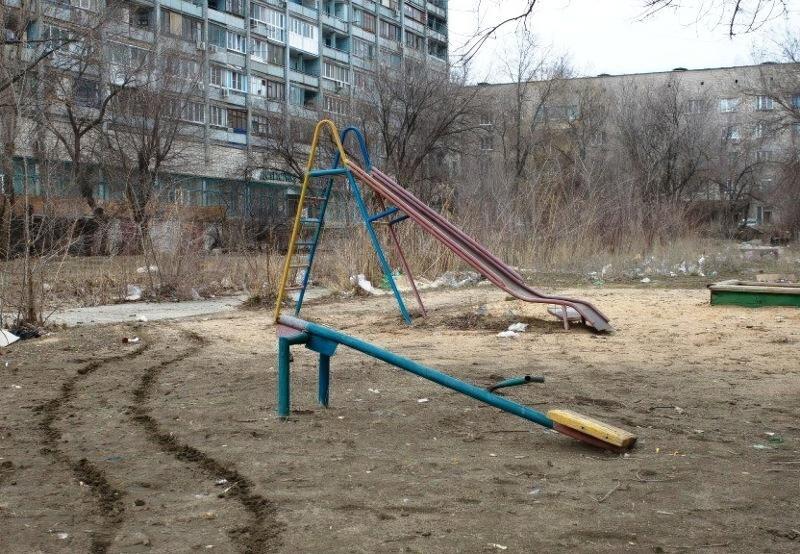
Today, these "ugly" playgrounds evoke nostalgia in those who grew up on them. They have become a nostalgy and cultural heritage, a reminder of the past and of a time when courtyards were a place for socialising and not just a space between houses.





